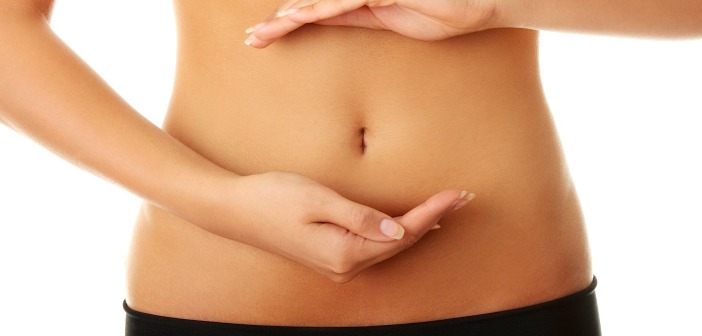Everyone naturally worries about the state of their own health, and rightfully so. With as many potential diseases and afflictions as we have in this modern era it’s important to keep track of all the relevant diagnostic information about your own body, such that you will be prepared when symptoms start to flare up. This is especially important for maladies that aren’t obvious to the naked eye.
Diverticulitis is one such disease. According to Cope Center, “It affects the intestinal lining within the lower digestive tract, and can often present with hard to identify symptoms. It’s vital to arm yourself with knowledge in order to be vigilant against such illness.”
Diverticulitis manifests in the inner intestinal wall in the form of small sacs or pouches that then become irritated, inflamed, and possibly infected. The formation of these bulbous pouches is called diverticulosis, but what causes them to form is unknown. It is hypothesized that eating a diet with insufficient fiber can cause digestive issues such as excess pressure, straining, and constipation that would lead to diverticulosis, but this hasn’t been proven scientifically as of yet.
Now you may be wondering, “How do I know if I have this disease?” Unfortunately, people suffering from diverticulitis often have no symptoms at all, and the symptoms that do appear are typically nondescript and nonspecific to diverticulitis. Bloating and gas, chills or elevated temperature, nausea, vomiting, lack of appetite, and abdominal tenderness are all normal symptoms of diverticulitis. They may appear spontaneously and worsen over a period of several days. In worst cases scenarios, it is possible for blood to appear in the stool of someone suffering from diverticulitis. You must be aware of these symptoms if you wish to be able to prevent or treat the disease, as they are often so mild that they go unnoticed for far too long.
If your symptoms proceed to the most intense phase and you decide that a doctor is unavoidable, you will most likely be given a CT scan to confirm the diagnosis. Blood tests can be done to look for an infection, and X-Rays or ultrasound are also viable options for looking in the abdomen, but a CT scan is the most accurate. Any competent doctor will know that an invasive test, such as a colonoscopy or a barium enema, will possibly exacerbate the symptoms of the disease. Once the diagnosis is confirmed the doctor will begin a treatment regimen that often is exceptionally simple.
The treatment for diverticulitis, assuming you have a mild to moderate form of the disease, is therapy and bowel rest, along with a change in diet to help alleviate the strain on the bowel. Bed rest and a diet strictly consisting of liquids for a few days will often clear away any inflammation or infection, if combined with antibiotics, but the pouches that formed in the intestinal lining during diverticulosis are with you for life. Once you’ve experienced diverticulitis you will most certainly want to take preventative steps for the future. A diet high in fiber is thought to help prevent relapses.
Nobody wants to go through diverticulitis, so keeping a balanced diet is key to maintaining intestinal health. Stay away from processed foods as much as possible, as there have been links between processed foods and diverticulitis rates. The bottom line is that living a healthy lifestyle will lead to a healthy body. Your everyday choices will affect your life in more ways than you may think. Set health conscious patterns for yourself, and avoid the consequences altogether.




